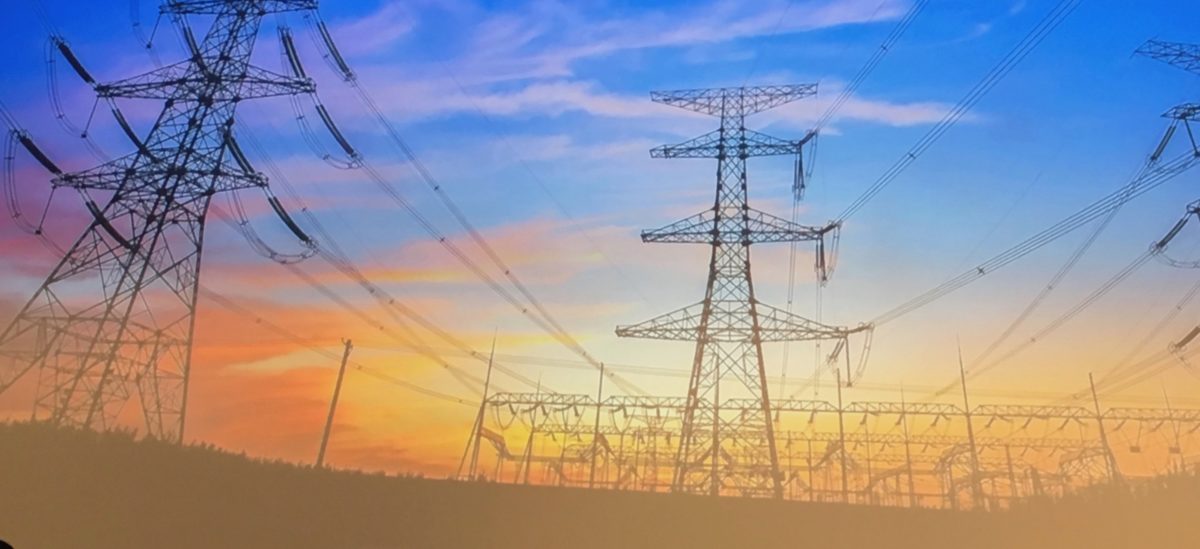The renewable energy industry has levelled strong criticism at a new transmission access proposal from the Australian Energy Market Commission (AEMC) saying it is likely to worsen the current investment slowdown. Under the Coordination of Generation and Transmission Investment (CoGATI) plan released last month, the network rule maker is looking to introduce locational pricing and transmission rights, which it believes will ensure that new renewable energy generators and storage projects can connect to the grid.
However, major investors, energy companies and industry bodies see things differently. In a submission lodged last week, a group of 20 major investors, representing over 6.3 GW of generation investment in the National Electricity Market (NEM) and a future development pipeline in excess of 10 GW including names such as John Laing, Total Eren, Innogy, BlackRock and Neoen, said the CoGATI Review increases complexity and investment risk.
“The introduction of Locational Marginal Pricing (LMP) and Financial Transmission Right (FTR) does not address long-term investment uncertainty and will increase the cost of capital for future generation and storage investment and reduce competition through increased barriers to entry,” says the submission from the Clean Energy Investment Group (CEIG).
The LMP proposal incorporates dynamic regional pricing, which suggests the Marginal Loss Factors (MLFs) should be replaced by loss factors determined through dispatch. According to CEIG, this would potentially increase the volatility of MLFs, which already represent a major challenge facing solar and wind proponents in Australia. “This is expected to result in an increase in the cost of capital for new generation investment and ultimately higher customer electricity prices,” the submission says.
The industry peak body, the Clean Energy Council, also sees the CoGATI access review as a highly complex model that has significantly moved away from addressing the key underlying problem of Australia’s energy transition. “[The proposal] may increase costs to generators and therefore consumers, and could lead to a freeze in new generation investment at a time when this investment is critical to maintain reliability and put downwards pressure on prices as a number of coal-fired generators close,” it said. The CEC also finds fault with the proposed timeframe, stressing that the July 2022 implementation date is unachievable.
Proposed timetable
A number of stakeholders fear that the model is rushed given that the whole design of the electricity market is currently under review in a process led by the Energy Security Board (ESB). “Ideally, this work, known as COGATI, should merge with the ESB’s post-2025 work,” Australian Energy Council Chief Executive Sarah McNamara said.
In its submission to the AEMC proposal, Origin Energy said the rulemaker had not made the case for its transmission access model and was “unlikely to do so by December given the extent of work that remains to be done”. It suggested the AEMC should provide a progress update rather than a final recommendation at this month’s COAG Energy Council meeting.
“The AEMC could then progress its COGATI work in 2020 including by expanding it to meaningfully examine a full suite of alternative options to address a clearly identified problem. It would give the AEMC time to undertake modelling to identify any net benefits associated with its proposed approach before making any final recommendations, consistent with good regulatory practice,” Origin said in its submission.
For the CEIG, the proposed July 2022 timetable for the implementation of the LMP and FTRs does not reflect the current status of the proposal including the level of detail, analysis and consultation, the complexity of the proposed reform and the transitional arrangements that will be required. The group suggests further work is required, while the focus should be placed on the most pressing issues.
“The CEIG believe the priority should be implementing marginal loss factor (“MLF”) reform followed by putting in place a framework that will deliver the transmission network required to facilitate the energy transition,” the group says. In a separate submission as part of the AEMC consultations on the rule change about how MLFs are calculated, the investors proposed moving to an Average Loss Factor (ALF), calculated as the square root of MLFs, which would reduce the volatility of investment returns.
This content is protected by copyright and may not be reused. If you want to cooperate with us and would like to reuse some of our content, please contact: editors@pv-magazine.com.









Interesred to follow the followig question: possible recomemded actions to optimise the renewal generation location with its integration in transmission existing systems.